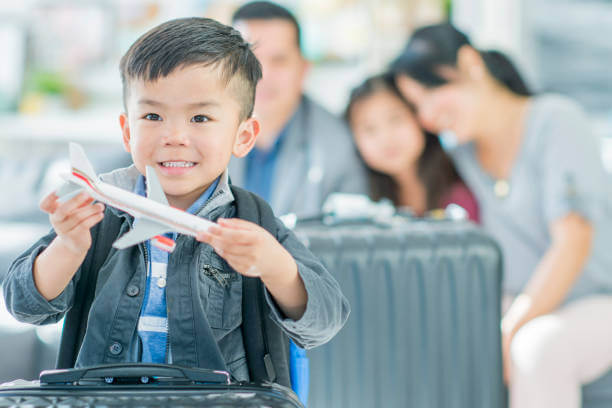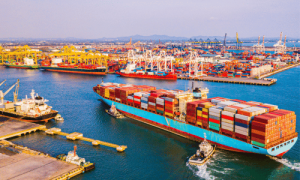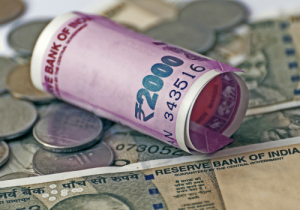Singapore is an important gateway to Australia. In 2019, 14% of passengers to Australia came from, or via, Singapore. This makes Singapore the second highest source of passengers into Australia after New Zealand (Source: BITRE, International Airline Activity – Time series, accessed November 2021).
Australia’s borders are currently only opening to Singaporean travellers, not to travellers transiting through Singapore. However, reopening the border to Singapore re-establishes Australia’s links with a major travel hub. It is an important step for future international border openings.
Singapore is an important transit point for several source markets.
These markets include:
- Indonesia (35% of passengers)
- India (33%)
- Malaysia (29%).
(Source: Tourism Research Australia, International Visitor Survey, based on flights from Australia to Singapore. Based on 2019 data and traveller behaviour may vary post COVID-19.)
Singapore
|
||
|---|---|---|
93% growth |
Holiday |
High value |
Nov & Dec |
Safety |
International hub |
Image shows key metrics for Singaporean travellers. Growth from Singapore travellers almost doubled over the last 10 years before the pandemic. Holiday is the most common reason for visitation. Travellers spend almost $200 per night. November and December are peak travel months. Safety and security is the top driver for destination choice, followed by value for money. Singapore is an international hub and therefore a gateway to other countries
Reasons for visiting Australia
Singaporean visitors came to Australia:
- for a holiday (56% of visitors)
- to visit friends or relatives (20%)
- for business (18%).
Singaporean visitors came to Australia for the following reasons (ranked in order):
- Safety and security
- Value for money
- Nature and wildlife
- Friendly and welcoming
- Food and wine.
Singaporean travellers ranked Australia the top destination for aquatic and coastal experiences. They ranked Australia third for nature and wildlife (after New Zealand and Japan), and fifth for food and wine.
(Source: Tourism Australia, Traveller Snapshot for Singapore, based on Tourism Australia’s Consumer Demand Project July 2018):
Destinations of choice for Singaporean visitors
Singaporeans tend to visit:
- Victoria (33% of visitors)
- New South Wales (30%)
- Queensland (17%).
Unlike their Asian counterparts, 26% of Singaporeans also visit Western Australia. This is significantly higher than the average for all Asian markets (11%).
Almost all Singaporean travellers fly into and visit capital cities (The Gold Coast is included with capital cities due to visitors’ similar behaviour patterns). One in 4 travellers then disperse to regional locations.
(Source: Tourism Research Australia, International Visitor Survey, based on flights from Australia to Singapore.)
Spend by Singaporean visitors
Singapore has the highest GDP per capita in Asia. It is therefore a high-yielding international market (Source: Trading Economics, GDP per capita, accessed November 2021. Classification of countries is based on Australian Bureau of Statistics Standard Australian Classification of Countries, Second Edition).
The average Singapore visitor spends $190 per night in Australia. This is 51% higher than the $126 average nightly spend of Asian travellers. It is also 66% more than the $113 average spend for all international markets.
Emerging visitor trends
The number of visitors from Singapore is growing. Visitor numbers have almost doubled (up by 93%) in the 10 years before the pandemic. This growth is lower than Asia overall (up by 131%). However, it outpaces the average for all international markets (up by 69%).
Singaporean travellers prefer shorter trips. They spend two weeks on average in Australia. All other international source markets stay an average of 32 nights.
Almost half of all visitors from Singapore are under 40. The most common lifecycle groups include:
- parents with children (38% of all visitors)
- young/midlife single people (32%)
- young/midlife couple without kids (14%).
Growth in the international education sector has lagged. Over the last 10 years, growth in education visitors was just 2%. This compares to 116% from all other Asian countries.





















